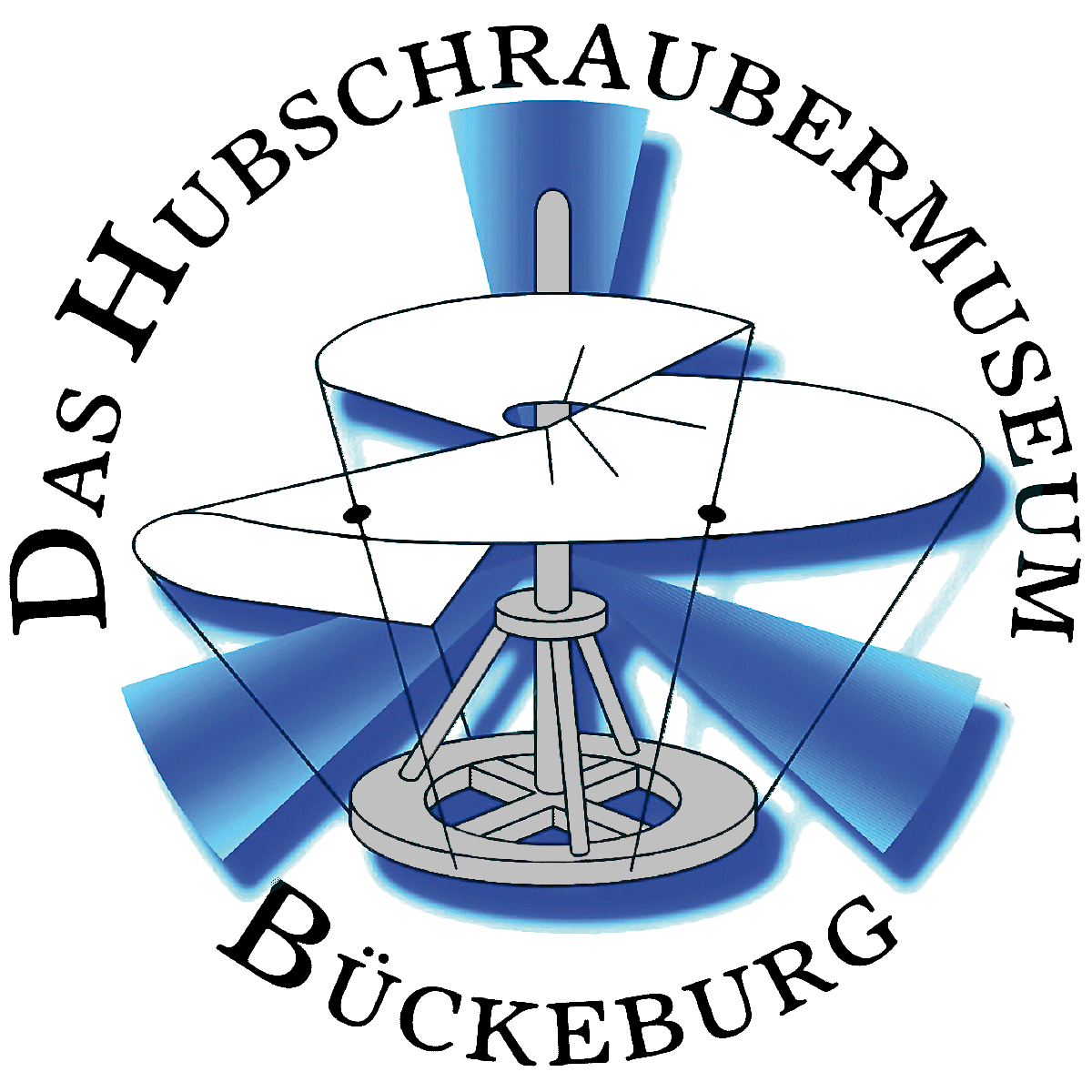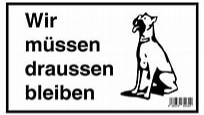Sikorsky S-65 (CH-53G)-EN
Sikorsky S-65 (CH-53G)
Shown here as a model in scale of 1 : 11 – built by Dieter Störig
The CH-53 Sea Stallion is the most common name for the Sikorsky S-65 family of heavy-lift transport helicopters. Originally developed for use by the United States Marine Corps, it is also in service with Germany, Iran, Israel, and Mexico. The United States Air Force operated the HH-53 “Super Jolly Green Giant” during the late- and post-Vietnam War era, updating most of them as the MH-53 Pave Low.
The dimensionally-similar CH-53E Super Stallion is a heavier-lifting, improved version designated S-80E by Sikorsky. Its third engine makes it more powerful than the Sea Stallion, which it has replaced in the heavy-lift mission.
In 1960, the United States Marine Corps began to seek a replacement for their HR2S piston-powered helicopters. On 27 January 1961, the Marine Corps began working with the other three U.S. armed services on the “Tri-Service VTOL transport”, which would eventually emerge as the Vought-Hiller-Ryan XC-142A tiltwing. The design became more elaborate and the program stretched out, causing the Marines to drop out when they decided they would not receive a working machine in a satisfactory timeframe. In the end, the XC-142A, although a very innovative and capable machine, never entered production.
In March 1962, the US Navy’s Bureau of Naval Weapons, acting on behalf of the Marines, issued a request for a “Heavy Helicopter Experimental / HH(X)”. The specifications dictated a load capability of 8,000 pounds (3,600 kg) with an operational radius of 100 nautical miles (190 km; 120 mi) at a speed of 150 knots (280 km/h; 170 mph). The HH(X) was to be used in the assault transport, aircraft recovery, personnel transport, and medical evacuation roles. In the assault transport role, it was to be mostly used to haul heavy equipment instead of troops.
In response, Boeing Vertol offered a modified version of the CH-47 Chinook; Kaman Aircraft offered a development of the British Fairey Rotodyne compound helicopter; and Sikorsky offered what amounted to a scaled-up version of the S-61R, with twin General Electric T64 turboshafts and the dynamic system of the S-64, to be designated the “S-65″. Kaman’s proposal quickly died when the British government dropped its backing of the Rotodyne program. Competition between Boeing Vertol and Sikorsky was intense, with the Chinook having an advantage because it was being acquired by the United States Army. Sikorsky threw everything into the contest and was awarded the contract in July 1962.
The Marines originally wanted to buy four prototypes but ran into funding problems. Sikorsky, determined to keep the deal, cut their estimate for development costs and said that the program could be done with two prototypes. The military bought off on the proposal, and in September 1962 Sikorsky was awarded a contract for a little under US $ 10 million for two “YCH-53A” prototypes, as well as a mockup and a ground-test airframe.
The development program did not go entirely smoothly, due to a shortage of engineering resources plus various failures of subcontractors and the government, but these problems were gradually overcome. There was also the problem that U.S. Secretary of Defense Robert S. McNamara was pushing to maintain “commonality” between the armed services by using the Chinook, but the Marines managed to convince McNamara’s staff that the Chinook could not meet their requirements without numerous expensive changes.
All these obstacles overcome, the first YCH-53A performed its initial flight at the Sikorsky plant in Stratford, Connecticut, on 14th October 1964, about four months behind schedule. The Marines had already placed an initial production contract for 16 helicopters in September. Flight trials went more smoothly than expected, helping make up for the lost time in development. It received the military designation and name “CH-53A Sea Stallion”. Delivery of production CH-53s began in 1966.
In 1966 the German military evaluated both the CH-53 and CH-47 Chinook as a replacement for the H-21 and H-34G helicopters with an initial requirement for 133.The purchase of the CH-53 was approved in June 1968 but due to budget constraints only 110 were ordered. Following the delivery in 1969 of two pre-production helicopters from Sikorsky the production aircraft were licence built by VFW-Fokker at Speyer in Germany. The first German-built helicopter flew from Speyer on 11th October 1971 and was delivered to the Erprobungsstelle der Bundeswehr 61 flight test centre at Manching on 1st December 1971.
The German Army Aviation Corps received 110 type CH-53Gs. Except for the first two, all machines were built in Germany. The first flight made by a German CH-53G was made in 1971, followed in March 1973 by the delivery of the first machines to Army Aviation Corps Regiment 35 in Mendig, and shortly afterwards to the newly formed Army Aviation Corps Regiment 15 based at Rheine, and Army Aviation Corps Regiment 25 based at Laupheim.
In order to meet ever more demanding specifications, over time the CH-53G received modifications designed to improve its service life and operational capabilities. These involved three major upgrades: new missile warning and self-protection systems; provision for two external fuel tanks allowing range to be increased to 1800 km when carrying 36 armed soldiers or a 5,500-kg payload; and addition of a night vision goggles-compatible cockpit for night low-level flying capabilities. All CH-53Gs were upgraded by Eurocopter Germany by early 2001.
German Army Aviaton Corps units have carried out a whole range of international missions under the auspices of NATO and the UN, providing transport for members of UNSCOM in Iraq, serving in Kosovo with KFOR, with IFOR in Bosnia and Herzegovina, and more recently with ISAF in Afghanistan. Due to the lower cargo capacities of the NH-90, service life extensions for at least a portion the CH-53 fleet are envisioned, bringing its useful life out to approximately the year 2030.
On 1st January 2013 all Army Aviaton Corps’ CH-53Gs were transferred to the German Air Force and incorporated into Helicopter Wing 64.
Text from Wikipedia, the free encyclopedia



